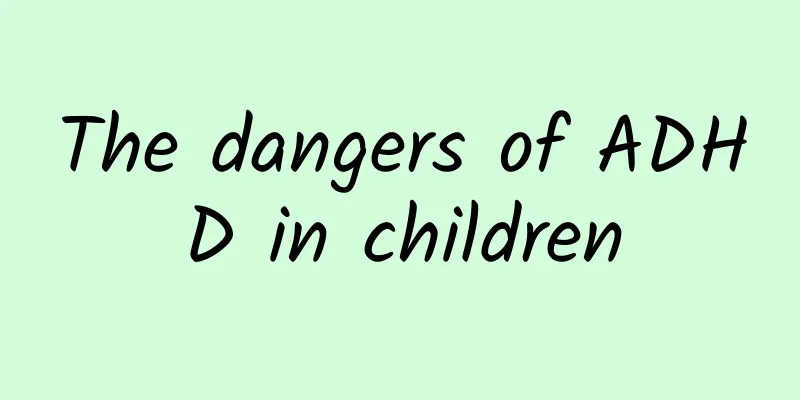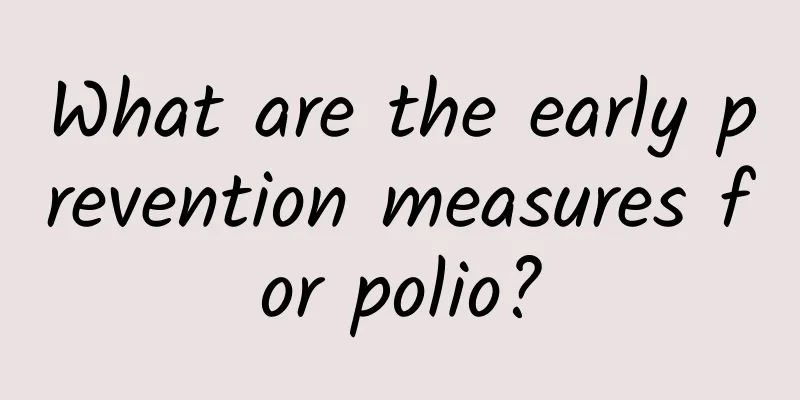How can patients with Kawasaki disease self-diagnose?

|
How do patients with Kawasaki disease diagnose themselves? In fact, this question is very important. Early diagnosis can enable us to treat it earlier. Since the symptoms of Kawasaki disease are similar to those of colds, measles or scarlet fever, many parents will misdiagnose it, which delays the baby's treatment and affects the baby's health. Parents may ask, how to diagnose Kawasaki disease? Let's take a look at our introduction below. Kawasaki disease, also known as mucosal lymph node syndrome, is an acute febrile rash disease that mainly occurs in infants and young children under the age of 5. It is characterized by persistent fever, rash, red lips, peeling of the palms and soles, and swollen lymph nodes. The cause is unclear. It was first reported by Japanese doctor Tomisaku Kawasaki in 1967 and later became known as Kawasaki disease. Kawasaki disease can occur all year round, but it occurs more often in winter. Its first symptom is fever and red spots on the body, so it is often misdiagnosed as a cold, measles or scarlet fever. Currently, it is the peak season for colds. If your child has a fever, especially a persistent high fever or the above symptoms, parents should take their children to the hospital for diagnosis and treatment as soon as possible. To determine whether you have Kawasaki disease, you need to look at the following six aspects: 1. Continuous fever for more than 5 days, accounting for 94-100% of all patients. The fever is mostly above 38 degrees or even 40 degrees. Compared with upper respiratory tract infection, Kawasaki disease patients are generally in poor condition at the beginning of the disease, with poor appetite and poor spirits. Most of them are more serious when they are onset. 2. Conjunctival congestion in both eyes, accounting for 86-90% of all patients. Conjunctival congestion in both eyes, but no ocular secretions. 3. Manifestations of the lips and oral cavity: red, swollen and moist lips, diffuse redness of the oral mucosa, chapped lips, and bayberry tongue. 4. Swollen lymph nodes in the neck: This symptom has the lowest frequency among all the main symptoms. The incidence rate in children under two years old can be as low as 50%. Many children under two years old do not have swollen lymph nodes in the neck. 5. Polymorphic rash: The rash is polymorphic, without blisters or crusts. The erythema may fade gradually or form larger spots, like a map. Another key to early diagnosis is the appearance of a prominent erythema at the BCG vaccination site at the same time as the fever, before the appearance of rashes in other parts of the body. 6. Changes in the extremities: In the acute phase, erythema appears on the palms and soles of the feet, accounting for 87-95% and hard swelling accounts for about 75%. In the recovery phase, the fingers and toes begin to peel off in pieces, which appear successively with other main symptoms. The palms and soles of the feet are red and swollen, and hard and swollen like frostbite. On the 10th to 15th day of the onset, the fingers and toes begin to peel off in pieces. The diagnosis of Kawasaki disease is relatively simple, as long as 5 out of 6 symptoms are present, the diagnosis can be made. If only 4 out of 6 symptoms are present, but coronary artery aneurysm (or arterial enlargement) is confirmed by echocardiography or cardiovascular angiography, the diagnosis can be confirmed on the basis of excluding other diseases. Kawasaki disease can be cured with proper treatment of fever and other symptoms in the acute phase. However, the disease is associated with cardiovascular complications, with coronary artery changes being the most common, with an incidence of 20-25%. Some patients die of myocarditis or coronary artery aneurysm thrombosis or rupture, leading to myocardial infarction. Some patients die of ischemic heart disease or coronary artery stenosis in the late stage of the disease. In addition, coronary artery damage may also be one of the risk factors for future arteriosclerosis. Early treatment of Kawasaki disease is very effective. If the child is treated within 12 days of onset, it is considered timely, and if it is treated within 5-9 days of onset, the effect is even better. |
<<: How to detect early Kawasaki disease
>>: Is there a cure for Kawasaki disease?
Recommend
What is the best medicine to treat patent ductus arteriosus?
What is the best medicine for treating patent duc...
Will eczema recur in children?
Many mothers will encounter this situation: the b...
Kawasaki disease dietary precautions
What are the dietary precautions for Kawasaki dis...
How should neonatal jaundice be diagnosed? What are the symptoms of neonatal jaundice?
1. General symptoms and signs Clinical features o...
What are the symptoms of patent ductus arteriosus? What are the treatments for patent ductus arteriosus?
We all have experienced illness and suffered from...
Does Ganmao Ning Granules for Children distinguish between wind-cold and wind-heat?
Xiaoganmaoning Granules for Children do not direc...
What should I do if my baby has eczema? What are the preventive measures for baby eczema?
Baby eczema is a common allergic skin inflammatio...
How to detect early Kawasaki disease
How to detect early Kawasaki disease? When it com...
What does low HBA mean?
What does low HBA mean? In simple terms, low HBA ...
How long does it take to cure Kawasaki disease?
How long does it take for Kawasaki disease to be ...
What is the difference between Procaterol and Itanjing? What are the effects of Procaterol and Itanjing?
The occurrence of cough is often accompanied by m...
How should middle-aged and elderly people supplement calcium? What are the methods for middle-aged and elderly people to supplement calcium?
Middle-aged and elderly people must choose approp...
What are the commonly used drugs for mumps?
Once we have symptoms of mumps, it will cause ser...
Introduction to polio symptoms
No matter what disease you have, we must take it ...
How long does it take for neonatal jaundice to subside naturally?
The natural resolution time of neonatal jaundice ...









